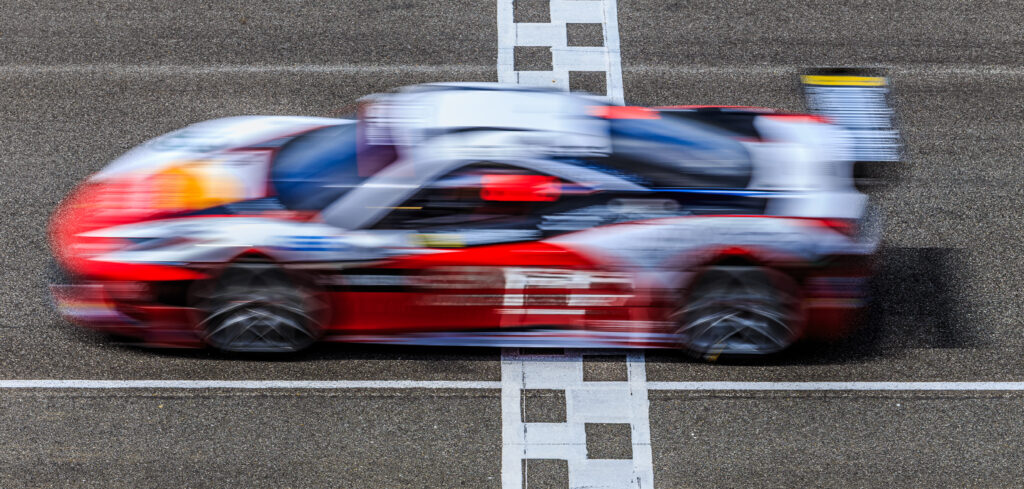A report published by the Svenska Bilsportförbundet (SBF) has proved that, if properly maintained, motorsport arenas can have a net positive impact on biodiversity, with the FIA stating that these arenas could be considered “assets to preserve and develop ecosystems”.
During the summer and autumn months of 2022, an inventory was taken by Calluna AB at three motorsport circuits in Sweden – Annebergsbanan in Halland, Sundsvall Raceway in Medelpad and Höljes stadium in Värmland. The study found that the racetracks were home to 390 species of insects, including five red-listed species.
The SBF report, which builds on previous research, explained that many of the insect species found were associated with man-made environments and infrastructure biotopes as they require regular disturbance of their environment in addition to open sand and access to plants growing on sandy-type soils. As a result, these motorsport facilities contribute to preserving pollinating insects and other species.
Most species encountered belong to the Hymenoptera insect order’s Aculeata subclade, which includes bumblebees, solitary bees and wasps. The presence of beetles, butterflies and flies was also investigated, further increasing current knowledge on fauna at race car tracks.
“Supporting Svenska Bilsportforbundet’s project was key for the FIA,” said Robert Reid, deputy president for sport, FIA. “This knowledge-led initiative gives us a better understanding of how motorsport arenas can offer good conditions for maintaining biodiversity and lays the ground for the adoption of sustainable practices. We encourage more initiatives aiming to develop biological diversity around motorsport arenas.”
“Environmental issues are high on most countries’ agendas, and the fact that we can now show with research that motorsport arenas can help preserve biodiversity will be important to more countries than Sweden,” commented Anna Nordkvist, SBF secretary general and FIA vice president for sport in Europe. “In Sweden, we already see an increased interest in the results of this research in the dialog with our government. And this work so clearly shows that our beloved sport is about so much more than just ‘who wins’.”
“Active motorsport arenas are often significantly more species-rich than surrounding overgrown or heavily used landscapes,” added Mikael Norén, environmental coordinator, SBF. “We propose that all motorsport arenas receive a management plan that identifies and points out which conservation measures are taken to maintain and develop biological diversity. Such measures can be simple and focus on how to manage lawns, grasslands, bush zones, sandy areas and other natural environments adjacent to the motorways.”
The FIA Sport Grant Programme supported the project, and the full report can be read here.



